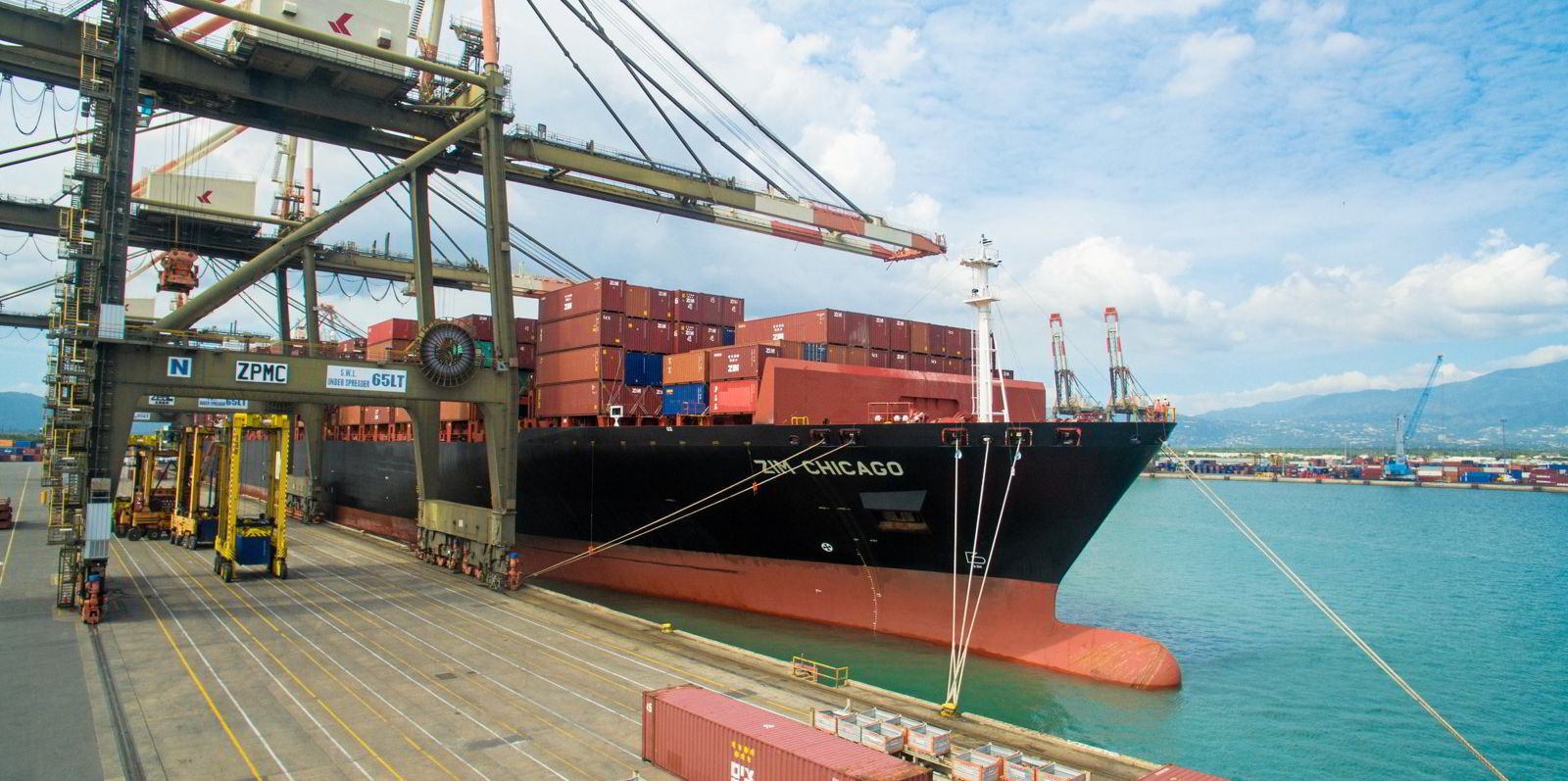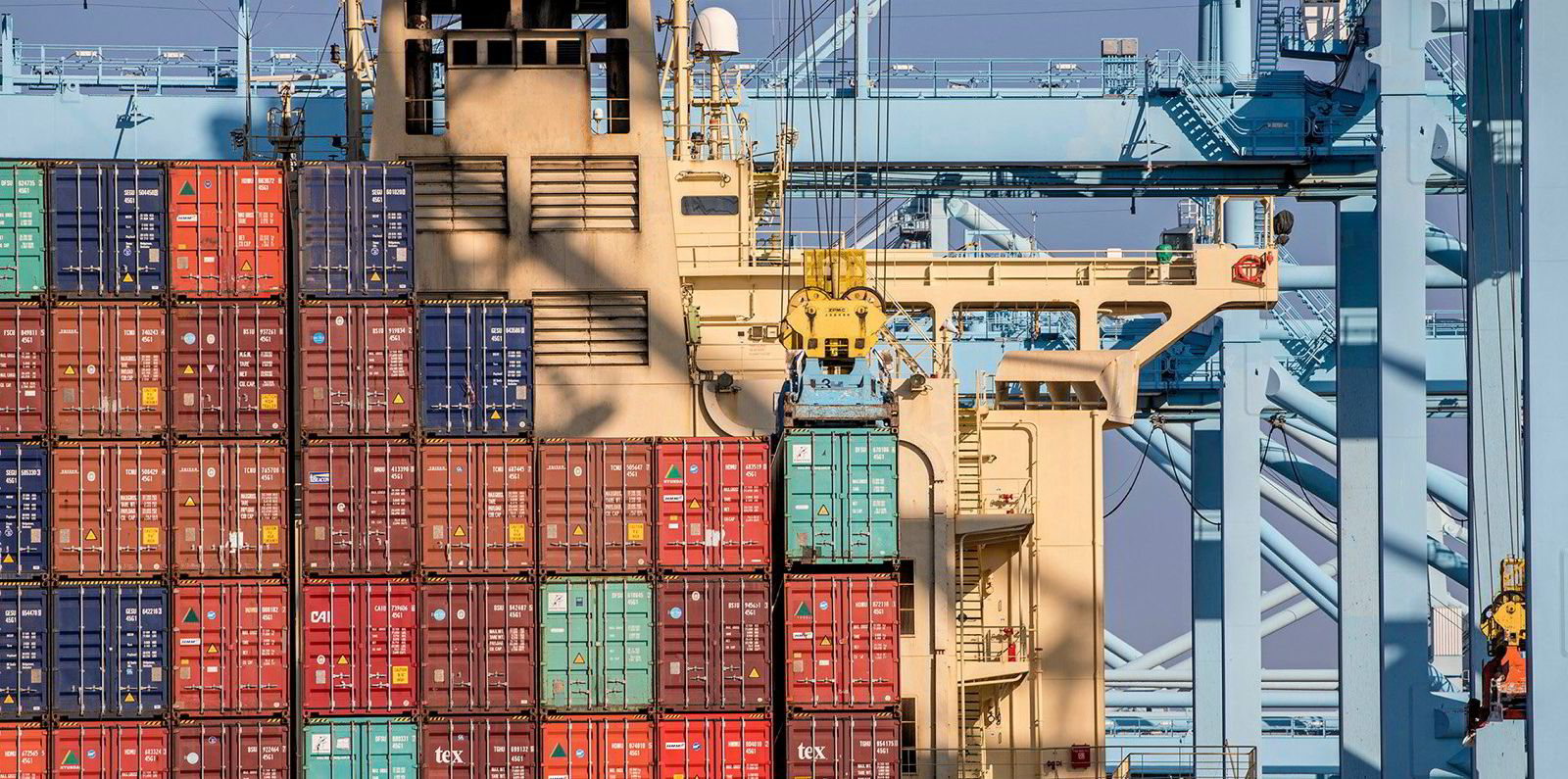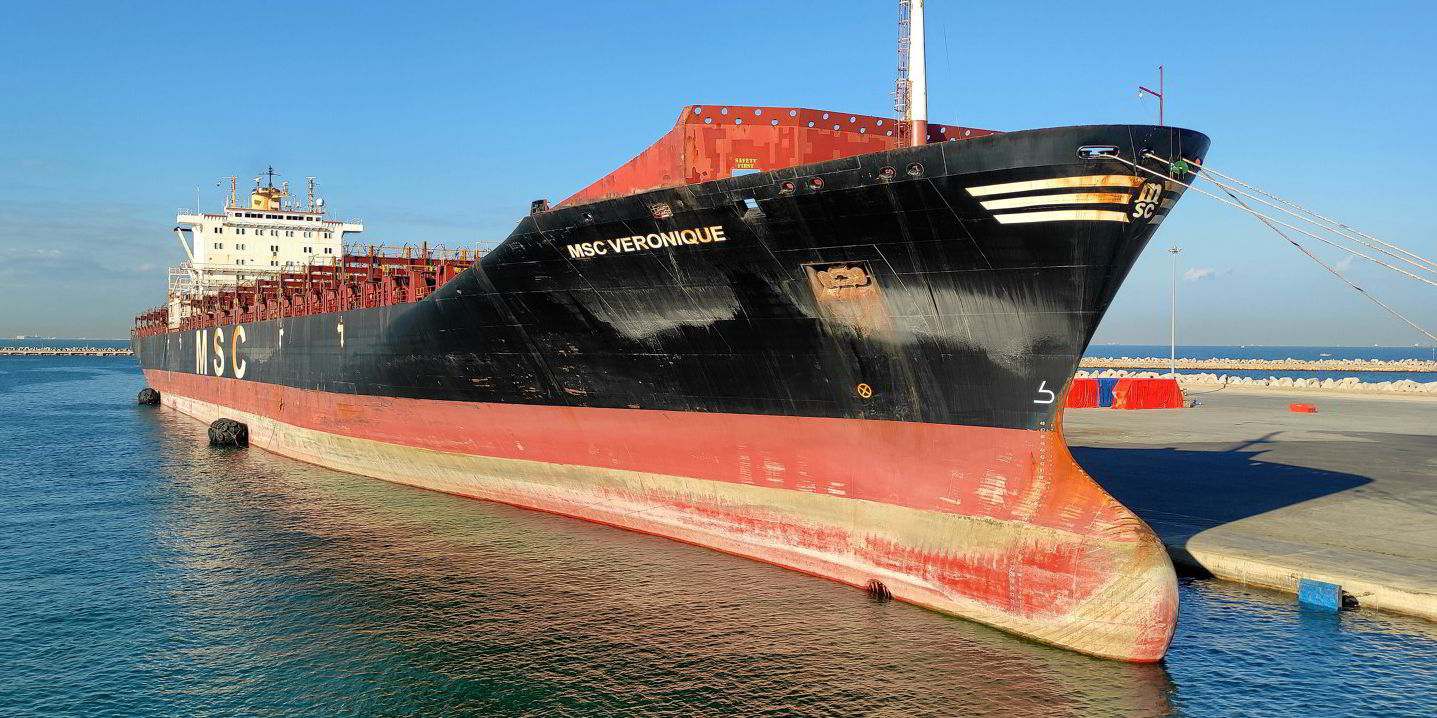A massive jump in spot rates may not prove sustainable because carriers are “artificially” inflating spot rates ahead of negotiations for long-term contracts, say analysts.
The reaction came after container spot rates on the transpacific recorded their biggest jump of the year.
Container freight rates from Asia to the US West Coast rose 70% to $1,721 per 40-foot equivalent unit (feu) container in the week ending 18 April, a level not seen since last November.
Rates from Asia to the US East Coast were up by $452 to $2,537 per feu, according to the Freightos Baltic Index.
The increases reflect the success that several liner operators achieved by pushing through a round of general rate increases (GRIs) on 15 April.
That follows a raft of blank sailings that has trimmed capacity amid carriers’ hopes of a rebound of demand in the run-up to peak season.
But it remains unclear whether the liners will again be able to push rates higher, with further GRIs scheduled for May.
Some believe the increase in rates is down to posturing by liner operators ahead of negotiations for long-term freight contracts.
Speaking on a webinar on Tuesday, Zencargo vice president for ocean Anne-Sophie Fribourg described the increase as “artificial” and said it may not be sustainable.
She suggested it was designed to help carriers get stronger rates with beneficial cargo owners in upcoming negotiations.
However, the rate hikes this month have provided carriers with leeway to negotiate contract rates at $1,400 to $1,500 per feu, according to Linerlytica.
That would not have been possible to achieve if spot rates had remained in the $1,000-to-1,200-per-feu level before the rate increase, it said.
Will GRI’s stick?
There are already indications that transpacific contracts are being concluded at levels above current spot rates, Jefferies Research noted.
The mid-April rate increase is the eighth attempt by liners to hike rates this year, “and this time there is a sense they may stick”, the analyst said.
The analyst added that US consumers destocking of their inventories had led to “a very quiet spot market that is not fully reflective of ongoing consumer demand”.
But it remains unclear whether the rally in cargo demand will be sufficient to absorb the massive newbuilding capacities hitting the market, especially against a backdrop of slowing demolition sales, Fearnley Securities said.
According to Alphaliner, demolition sales have been slower than expected, with only 28 vessels for a combined total of 48,500 teu sold for recycling thus far this year.






